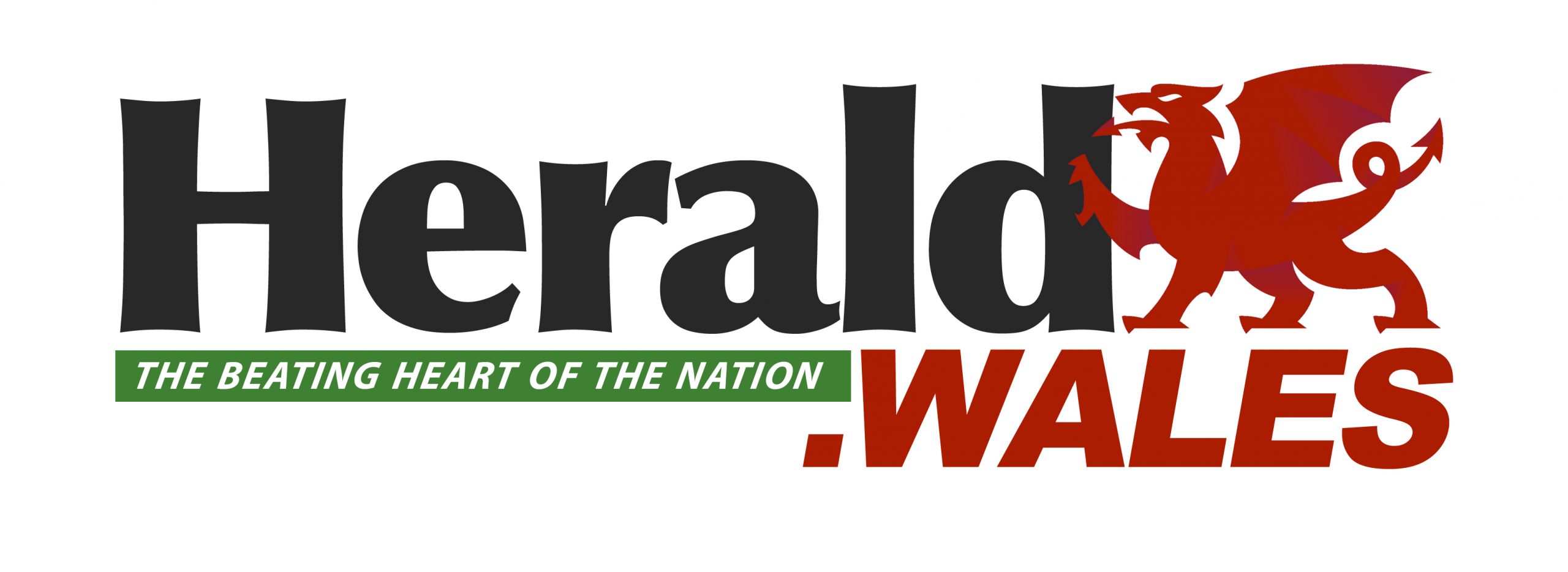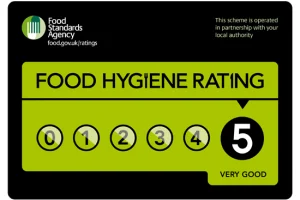HOMEOWNERS on an estate in Wales have been told they have to find an average of £23,000 each to deal with problems caused by RAAC in their homes.
In February 2024, residents of 77 homes on the Gower Estate in Hirwaun were told that their ceilings contained Reinforced Autoclaved Aerated Concrete (RAAC).
RAAC is a lightweight material that was used mostly in flat roofing, but also in floors and walls, between the 1950s and 1990s, as cheaper alternative to concrete.
It was quicker to produce and easier to install, but has since been found to be less durable and has a lifespan of around 30 years.
Of these 77 homes on the Gower Estate, 60 fall under Trivallis Housing with 14 privately owned by residents.
The homeowners have been told they must find on average around £23,000 for what is only a temporary solution.
They say that this is an unaffordable amount for many of them, who have lived in their homes for decades.
And those homeowners say that despite their vulnerability, both Trivallis Housing and Rhondda Cynon Taf Council have refused to take financial responsibility for helping them.
Lesley Lewis, whose parents own a house on the estate, said that like others, they had been left in the lurch.
She said: “My parents don’t have the money for this.”
She said that grants of around £6,000 had been offered but the total cost is around £23,000, and even if they cover the cost as a family the issue is that it is not a permanent solution.
“Nobody has really spoken for these homeowners for the last 12 months,” Lesley said: “It is not an affluent area. My family have lived in Hirwaun nearly all their lives. They don’t have the money to just sell or pay this cost they’ve been told they have to pay.
“They’re not in a situation to fix it for themselves. It is heartbreaking.”
She said that as well as the cost of the temporary fix, homeowners would have to meet the extra cost of inspections over the next five years too.
Lesley also said that many of the homeowners’ properties are attached to Trivallis properties and added that there is a moral obligation and a duty of care for these residents.
She said these residents don’t have a lot of money, and the money they do have they’ve invested in the property.
Lesley said: “Nobody seems to care. Enough is enough. Someone needs to start shouting about it. It is heartbreaking. It is just about somebody advocating for these homeowners because nobody is advocating.”
Babs Jones is one of the homeowners affected, said: “It is awful” adding ” it just seems unfair.”
She said they haven’t got the money and that they can’t just sell it because the RAAC is still there.
Babs said the fix would be temporary, that the RAAC would still be there and that the council and the housing association are not doing anything for or saying anything to them.
She said that the situation in neighbouring properties stops them from taking it out themselves as even if they did have the money to take their RAAC out it would affect next door properties.
“They thought we were all sorted and we are not” adding that they don’t have the money and that “it is just upsetting.”
Another one of the homeowners affected, Carol Evans who has lived there for 54 year but says they are not being told anything.
Carol said: “My thought is they sold us faulty goods so they should pay for it,” adding “I honestly believe they should see to it.”
She added: “It is a worry. They believe that everything is okay up here and that we have been sorted. As people who have bought we are still here and we need to get sorted as well.”
Malcolm Twigg said he was just fed up and that “nobody is helping us at all. We are on our own.”
He said they are waiting to see what will happen saying: “We can’t afford money like that” adding ” a year has gone and we are still in the same place.
Linda Page, another affected resident, said: “It has been a bit of a shock to us. We got the house all ready for our retirement. We’ve worked all our lives.”
She said they only got a letter when the RAAC was discovered and nobody had knocked their door.
Linda said nobody is going to give them a mortgage or a loan because of the RAAC.
“To come to something like this, we are at a loss. We don’t know what to do.”
She said: “There is nothing we can do about it” adding “we are just sitting in limbo at the moment to be honest.”
Vic Cox, corporate director of assets and sustainability at Trivallis, said: “Trivallis remains committed to ensuring the safety and well-being of our tenants while addressing the challenges posed by Reinforced Autoclaved Aerated Concrete (RAAC) in our properties, which was identified in March 2024. To determine the safest and most effective solution, we consulted with structural engineers, construction professionals, and industry experts with experience in RAAC remediation.
“Our solution to the RAAC issue is to install a wooden safety deck on the ceilings of all the upper-floor rooms in each home, ensuring the RAAC panels remain stable and secure. The installation of the safety deck system provides a permanent and structurally sound solution.
“Our remediation programme is currently underway, and we are making steady progress. We expect to complete all flat roof properties by 31 March, 2025, after which we will move on to the pitched roof properties. The overall programme is scheduled for completion by 31 March, 2026.
“Throughout this process, we have been working closely with the local council and other relevant authorities to ensure private homeowners and landlords receive the support they need. We have kept them fully informed about the remedial work being carried out in our properties and provided access to expert advice from our team of structural engineers and surveyors.
“We understand that the cost of remediation poses a significant financial challenge for private homeowners and landlords. We have actively sought ways to reduce this burden.
“For example, we have given homeowners the option to use our contractors, which means that Trivallis will pay for overhead costs (such as project management, admin fees and contractor supervision) as well as preliminary work (including site setup, scaffolding, temporary utilities, and health & safety measures).
“This would bring down the cost for homeowners who might otherwise struggle to afford the necessary repairs. By providing financial assistance in this way, we are supporting homeowners and private rented sector (PRS) landlords to take steps toward making their properties safe without facing unmanageable costs.
“Our commitment to supporting the wider community extends beyond financial assistance. We continue to engage in regular discussions with the council and local representatives to explore practical solutions for affected private homeowners. This collaborative approach ensures that all residents—regardless of tenure—have access to the necessary resources and support to address the RAAC issue effectively.”
A spokesperson for Rhondda Cynon Taf Council said: “The privately-owned properties in question, that require works to remove the RAAC and replace with a permanent solution, are the responsibility of the homeowners.
“However, the council has informed homeowners that it can help contribute towards the cost of remediation works. Owners who have met grant eligibility criteria have been offered a £6,500 grant, along with an interest-free loan using Welsh Government funding, to cover the remaining cost of the work. These offers have not been taken up to date.
“The council empathises with those who have been affected by RAAC and has offered other key support. For example, the role of a dedicated support worker has provided a point of contact with the council, offering advice and assistance when required.
“Officers from the public health and protection department have also worked closely with private sector landlords and contract occupiers, in respect of the works required to each of the properties.”
















